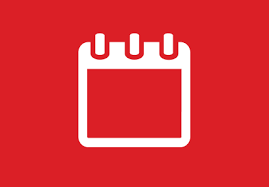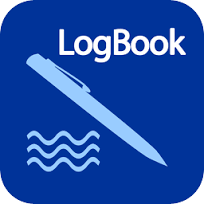Title Page
-
Organization
-
Location
-
Inspected by
-
Conducted on
Table 1 – Action Plan: Energy Efficiency
-
Check if lights, appliances, and equipment are turned off when not in use
-
Identify opportunities for improvement and provide appropriate signage/education to staff
-
Investigate feasibility of automatic switch–off functionality for lights, appliances, and equipment
-
Check your thermostat, draughts seals, and insulation
-
Identify opportunities for improvement (for example, upgrading seals and insulation) and provide appropriate signage and education to staff
-
Check the energy rating of existing appliances
-
Assess future purchasing needs and identify energy efficient options
-
Check your premises for gaps in seals or areas where air is entering or exiting your building
-
Identify if these gaps are working against your heating and cooling system
-
Put in place measures to improve your seals and keep doors closed to maximize the efficiency of your heating and cooling systems
-
Check your energy bill to see if you are purchasing renewable energy (or refer to your venue manager)
-
Elect to purchase green power
-
Investigate solar power opportunities for your business
Table 2 – Action Plan: Water Management
-
Check your existing taps and appliances for leaks
-
Start monitoring your water use. This is a great way to identify new leaks – a higher than usual water bill will indicate something is wrong
-
Fix any leaking taps or appliances
-
Find out where drinking fountains are located and identify any near your business
-
Assess where you could place drinking fountains for your staff and customers
-
Let staff and customers know they can "bring your own" bottle and fill up at your business
-
Understand water ratings
-
Identify water equipment and appliance needs
-
Commit to a minimum water rating for all new purchases/leasing arrangements
-
Identify your water needs
-
Assess the options available in the market – meet suppliers who can come up with a water saving solution
-
Install appropriate systems to meet your needs
-
Identify if any chemicals and oils are used during your event
-
Provide education to staff and contractors on how to responsibly deal with chemicals and oils
-
Ensure appropriate disposal systems/process are in place
Table 3 – Action Plan: Waste Management
-
Brainstorm what waste might be generated from your business
-
Find out the recycling options for your waste streams
-
Put in place appropriate bins and provide education to staff via onsite training and customers via posters
-
Identify single use waste items associated with your business
-
Investigate alternatives
-
Educate staff and customers on alternatives
-
Identify opportunities for staff and customers to BYO cups, bags and bottles
-
Implement initiatives to facilitate BYO options
-
Let staff and customers know they can BYO
-
Identify opportunities to encourage reusable items
-
Engage with suppliers/customers/staff and discuss options
-
Identify waste streams
-
Research potential partners in the market to work with
-
Put in place a collection and pick up program
Table 4 – Action Plan: Travel
-
Identify existing maps to support providing information on walking and riding routes
-
Provide information on you website and at key touchpoints
-
Promote walking and riding via social media
-
Identify incentives to encourage your customers and staff to walk, ride or catch PT
-
Chat with your customers and find out how they travel and what would motivate them to change their behaviour
-
Test an incentive program
-
Identify car hire needs
-
Assess greener options
-
Commit to a minimum standard of efficiency/green rating
-
Identify travel needs
-
Purchase carbon offsets for travel when available
-
Identify infrastructure to support people riding to your business
-
Provide infrastructure to support cyclists
-
Promote cycling to your business
Table 5 – Action Plan: Product Purchasing
-
Identify product needs and quantify % recycled, reusable, or with a guarantee to last
-
Identify better alternatives and do a cost benefit analysis
-
Set minimum standards for purchasing and a cost differential allowance (e.g. allow up to 10% more spend for a more sustainable alternative)
-
Identify product needs
-
Identify local alternatives
-
Set minimum standards for purchasing
-
Identify environmental and social certifications you would like to support
-
Identify opportunities to increase products with a certification
-
Identify opportunities to replace buying with leasing
-
Quantify waste savings ($ and kg)
Table 6 – Action Plan: Food and Drinks
-
Identify the different options for reducing single use water bottles (provide vs BYO)
-
Choose an approach that will work for your business
-
Ensure appropriate water refill locations
-
Assess catering needs
-
Ascertain levels of control over food selection
-
Set minimum standards for meat free options
-
Engage with caterers to identify opportunities for improvement
-
Educate caterers
-
Assess current practices and identify alternatives in the market
-
Put in place a plan to increase the number of items that are more sustainable
-
Identify social enterprises who could cater for your business
-
Compare catering options and promote chosen caterer and the benefits to the community
Completion
-
Additional Notes
-
Add signature







